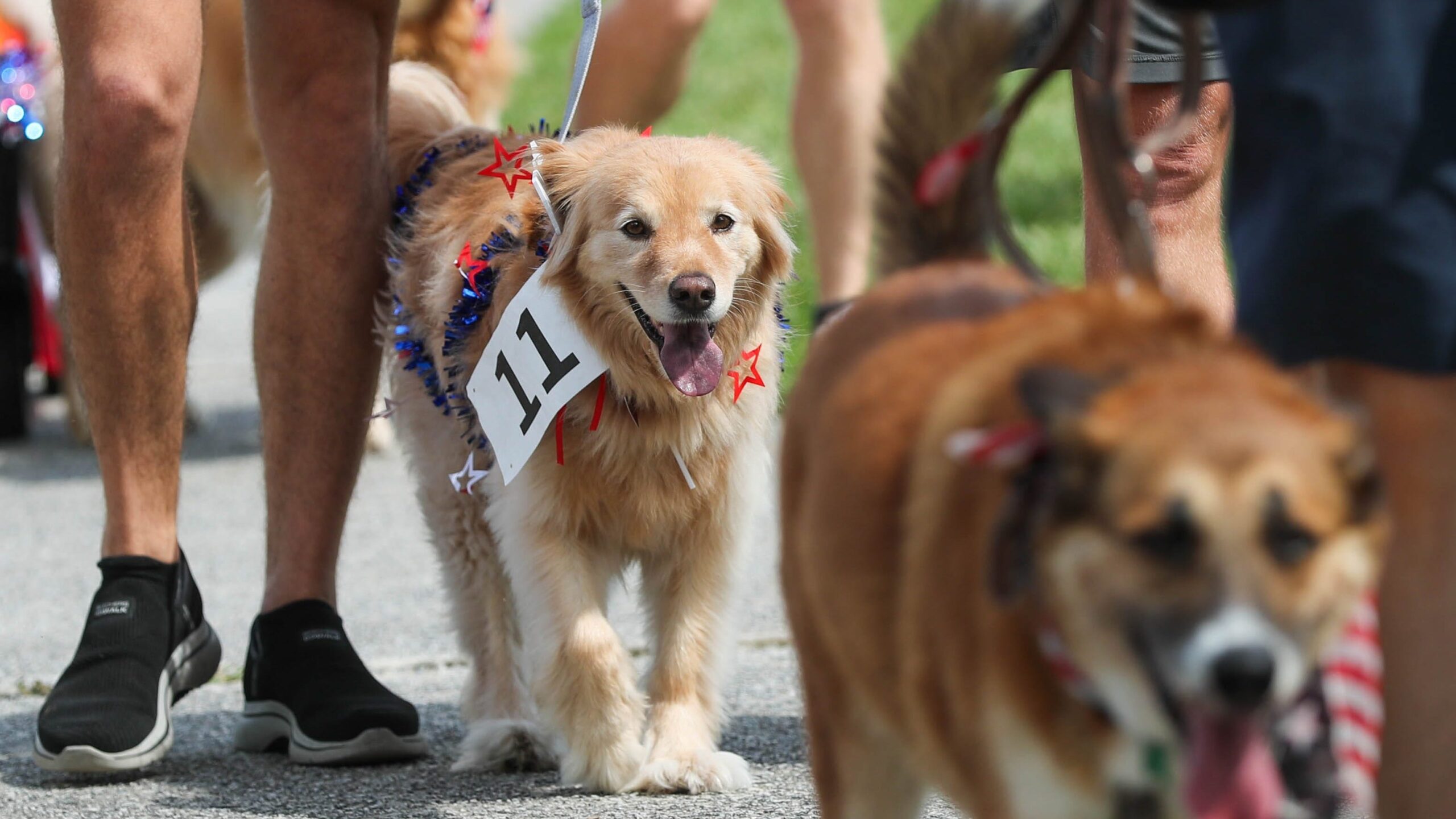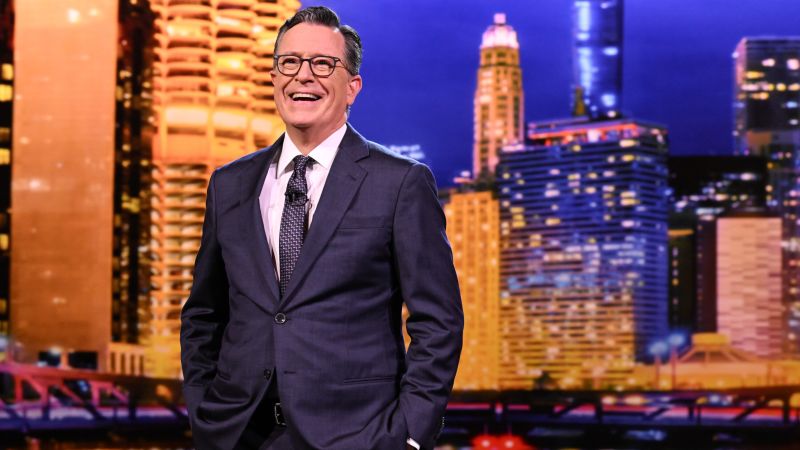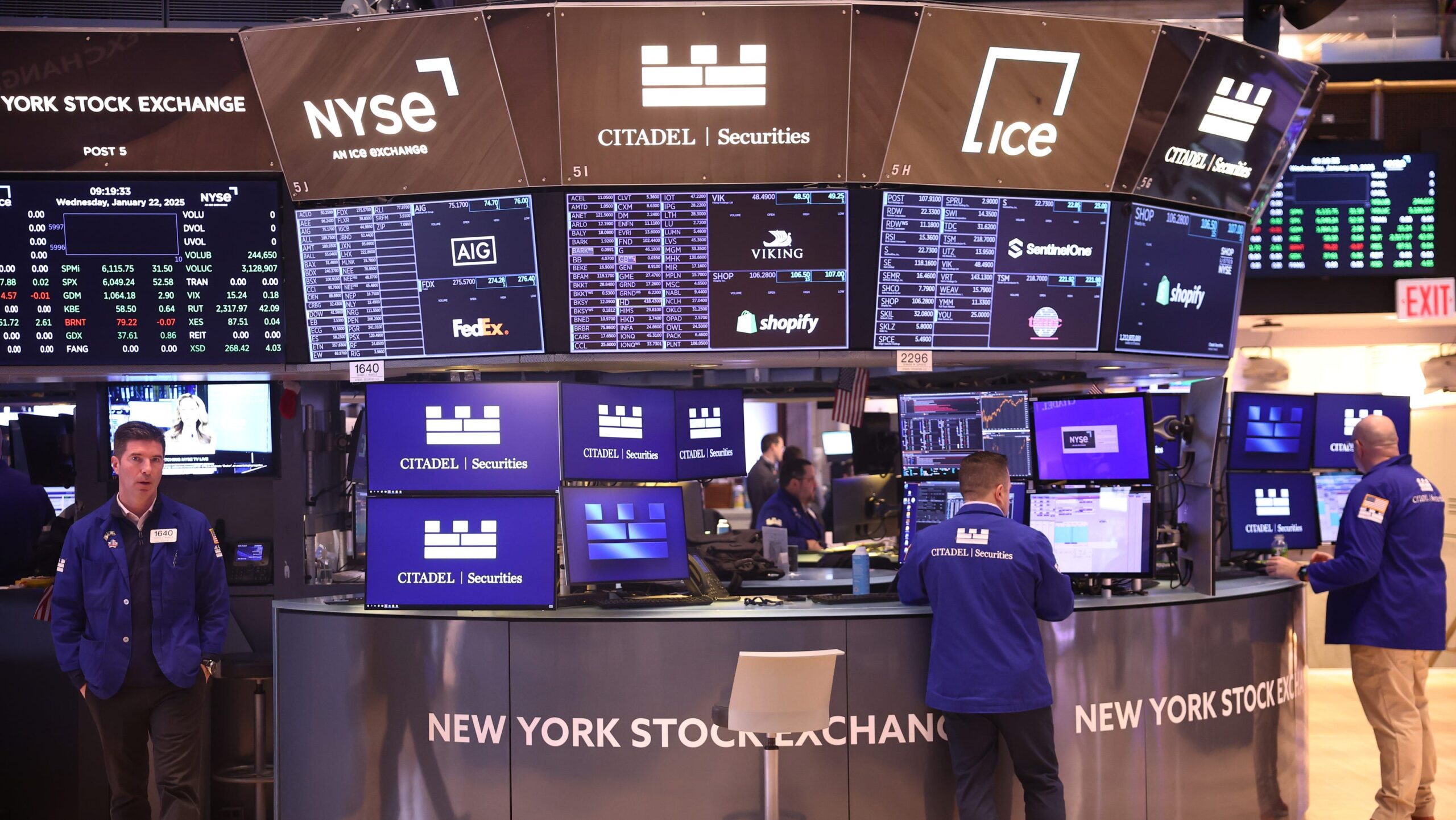
As pet ownership continues to rise across the United States, a notable trend is emerging among dual-income couples without children: an increasing willingness to invest heavily in the health, happiness, and well-being of their pets. According to recent data, 68% of these couples say they are making notable financial sacrifices to provide for their ‘fur babies.’
This demographic, often referred to by the acronym DINKs (Dual Income, No Kids), is channeling disposable income traditionally reserved for childcare or education into premium pet care. Spending priorities include high-quality food, grooming, regular vet visits, pet health insurance, and even luxury items like designer beds, pet strollers, and tech-enabled monitoring devices.
Industry analysts suggest that this shift stems from a desire to create a strong emotional bond and provide human-like care for pets, who are often treated as full-fledged family members. The pet care industry has responded in kind, with businesses offering everything from doggy daycares to pet-friendly vacation packages.
Experts also point out that this financial prioritization reflects broader social and economic dynamics. With many couples delaying or opting out of parenthood, pets become focal points for emotional fulfillment, companionship, and even social identity.
The impact of this trend is evident in the robust growth of the pet market, expected to exceed $150 billion annually in the U.S. by 2030. Veterinarians and pet wellness professionals note a rise in elective procedures and preventive treatments that mirror human healthcare.
While critics contend the trend may reflect misplaced values, advocates argue that it underscores deeper empathy and responsibility toward animals. As pet-owning couples continue to shape spending habits and market demand, it’s clear that for many, investing in pets isn’t just a lifestyle—it’s a defining feature of modern family life.
Source: https:// – Courtesy of the original publisher.








